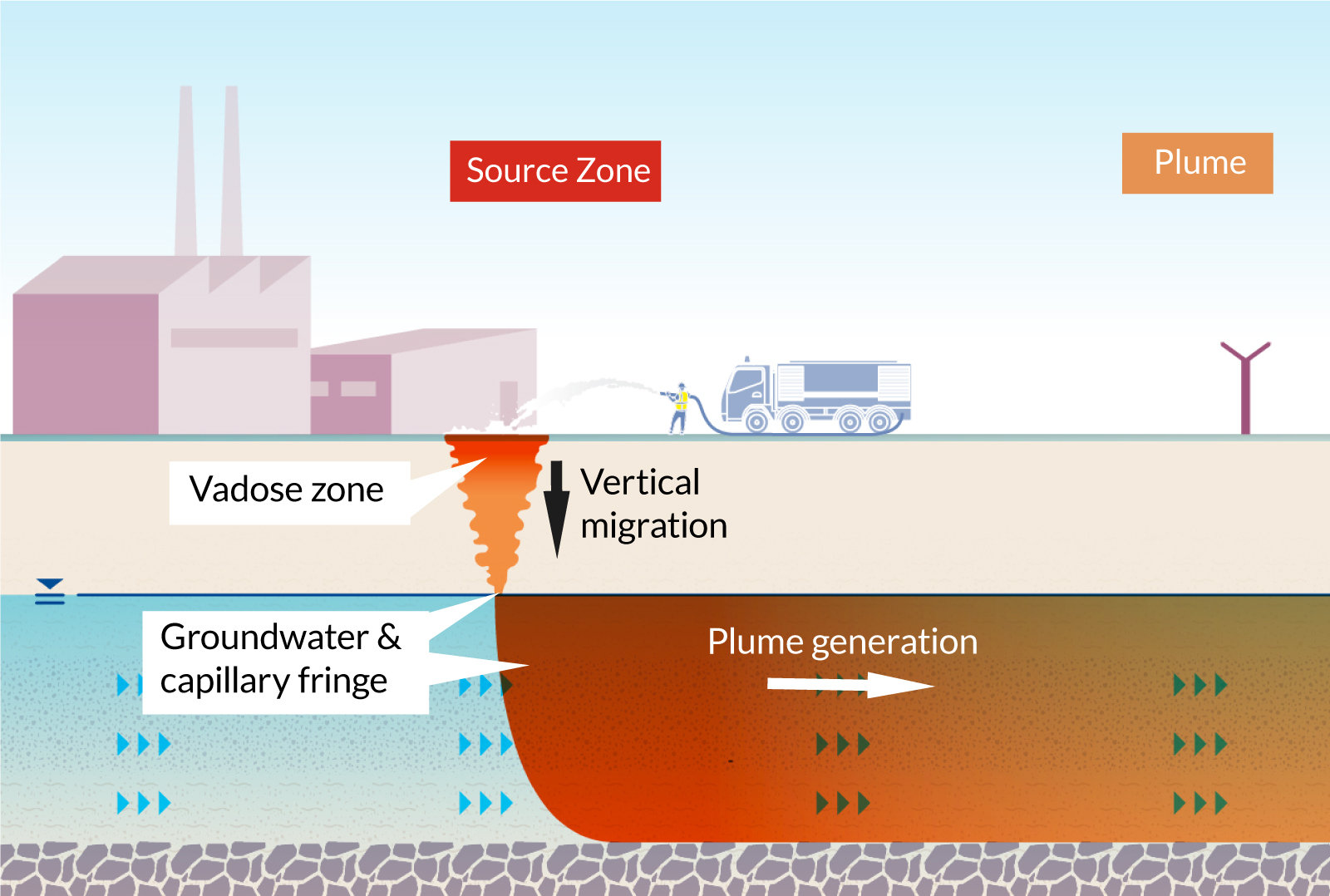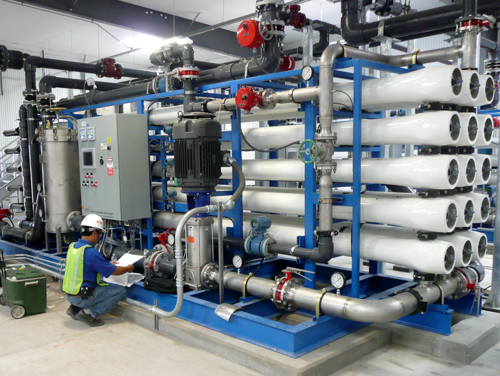M270 Waste Management: An Innovative Solution for Mitigating Harmful Waste
M270 Waste Management: An Innovative Solution for Mitigating Harmful Waste
Blog Article
Advanced Techniques for Effective PFAS Contamination Removal
The consistent challenge of PFAS contamination requires the expedition of sophisticated removal techniques that can efficiently attend to these hazardous materials. Innovative modern technologies, such as advanced oxidation procedures and various adsorption methods, have actually emerged as encouraging services in mitigating PFAS from influenced environments. The duty of regulative frameworks in forming these modern technologies can not be forgotten, as they dictate the speed and instructions of removal initiatives. As we examine these innovative approaches, it ends up being crucial to assess their practical applications and the more comprehensive implications for environmental health and plan.
Comprehending PFAS Residences
Although per- and polyfluoroalkyl materials (PFAS) have actually been commonly used in numerous industrial and consumer products due to their unique residential properties, their determination in the setting poses significant obstacles to public health and wellness and safety and security. PFAS are a team of synthetic chemicals identified by a carbon-fluorine bond, one of the strongest chemical bonds understood, which adds to their outstanding security and resistance to deterioration. This security enables PFAS to accumulate in the setting and living organisms, causing potential negative health results.
The hydrophobic and oleophobic nature of PFAS makes them specifically effective in applications such as non-stick finishings, stain-resistant textiles, and firefighting foams. Nevertheless, these same properties contribute to their environmental perseverance, as PFAS do not easily damage down with natural processes. Furthermore, their extensive usage has led to ubiquitous contamination of water sources and dirts, making complex remediation efforts. Comprehending the chemical residential or commercial properties of PFAS is necessary for developing efficient approaches to handle and mitigate their environmental effect. The one-of-a-kind attributes of these substances necessitate a nuanced technique to resolve the obstacles posed by their presence in ecological communities and possible human exposure.
Ingenious Removal Technologies
The persistence of PFAS in the environment has spurred the development of innovative removal modern technologies focused on properly removing these contaminants from influenced ecosystems. Amongst the most encouraging techniques are advanced oxidation procedures (AOPs), which use powerful oxidants to damage down PFAS substances into less harmful materials. AOPs can be customized to target particular PFAS structures, boosting their effectiveness.
Another arising modern technology is using adsorption media, such as triggered carbon and ion exchange resins, which can selectively record PFAS from infected water. These products have shown significant elimination performances, although periodic substitute and regrowth are necessary to keep efficiency.
Membrane layer purification techniques, including reverse osmosis and nanofiltration, are likewise obtaining grip in PFAS remediation. These methods can efficiently separate PFAS from water, offering a feasible remedy for dealing with contaminated resources. In addition, thermal therapy techniques, such as incineration, can disintegrate PFAS right into non-toxic by-products, though they require mindful management to regulate exhausts.
Collectively, these cutting-edge removal innovations represent considerable developments in the recurring battle against PFAS contamination, offering numerous methods to restore afflicted environments and shield public wellness.

Bioremediation Methods
Bioremediation techniques supply an encouraging technique to resolving PFAS contamination by harnessing the all-natural abilities of microbes to break down these persistent substances (m270 waste management). This method entails making use of bacteria, fungi, and various other microorganisms that can metabolize or change PFAS compounds into much less damaging byproducts
Recent innovations in molecular biology and environmental microbiology have actually enhanced our understanding of microbial areas and their potential functions in PFAS degradation. Scientists are actively checking out details strains of microorganisms, such as Pseudomonas and Bacillus, which have demonstrated the capacity to damage down helpful hints certain PFAS substances.
Sitting bioremediation techniques, where bacteria are boosted directly in polluted environments, can be especially reliable. This approach often includes the application of visit the website nutrients or electron donors to advertise microbial development and task. Furthermore, ex situ techniques, such as bioreactors, enable controlled problems that can maximize destruction rates.
Regardless of the promise of bioremediation, difficulties stay, including the intricate nature of PFAS substances and the requirement for considerable field testing - m270 waste management. Continued study and development will be vital to refine these strategies and analyze their effectiveness in diverse ecological contexts
Adsorption and Filtration Methods
Addressing PFAS contamination frequently entails using adsorption and purification approaches, which are made to get rid of these relentless chemicals from water and dirt. Amongst the numerous strategies, turned on carbon adsorption is extensively used because of its high surface area and porosity, allowing reliable capturing of PFAS particles. Granular turned on carbon (GAC) systems are especially favored for treating large volumes of contaminated water, while powdered activated carbon (PAC) can be used for smaller-scale applications.
Ion exchange materials additionally show guarantee in PFAS elimination, working by trading PFAS ions with less damaging ions in the water. This method has shown effectiveness in focusing PFAS substances, facilitating their subsequent elimination. Furthermore, membrane purification methods, such as reverse osmosis and nanofiltration, operate by utilizing semi-permeable membranes to different PFAS from water, successfully lowering their concentrations.
While these methods are reliable, they need to be thoroughly selected based upon the specific PFAS substances present and the ecological context. Continual innovations in materials scientific research and engineering are causing the development of unique adsorbents and filtration systems that improve removal effectiveness and reduce functional expenses, therefore enhancing total remediation initiatives.
Regulatory and Policy Factors To Consider
How can reliable regulatory structures improve the administration of PFAS contamination? Thorough policies are necessary to ensure a collaborated and robust response to the challenges presented by per- and polyfluoroalkyl compounds (PFAS) Laws can establish clear standards for monitoring, reporting, and remediating PFAS-contaminated websites, promoting accountability among markets and public entities. (m270 waste management)

Furthermore, economic motivations and grants can be integrated right into policies to urge the adoption of innovative remediation technologies. Policymakers ought to also prioritize research study and growth, guaranteeing that emerging techniques for PFAS elimination are verified and applied properly.
Furthermore, public awareness and involvement are crucial components of any kind of regulative approach, encouraging areas to support for their health and wellness and internet security. Eventually, a well-structured governing setting will not only enhance the administration of PFAS contamination yet additionally promote lasting techniques that protect future generations.
Verdict
In summary, the complexity of PFAS contamination requires the adoption of advanced removal approaches. Continued study and development in this area remain crucial to attending to the difficulties presented by PFAS contamination.
Report this page